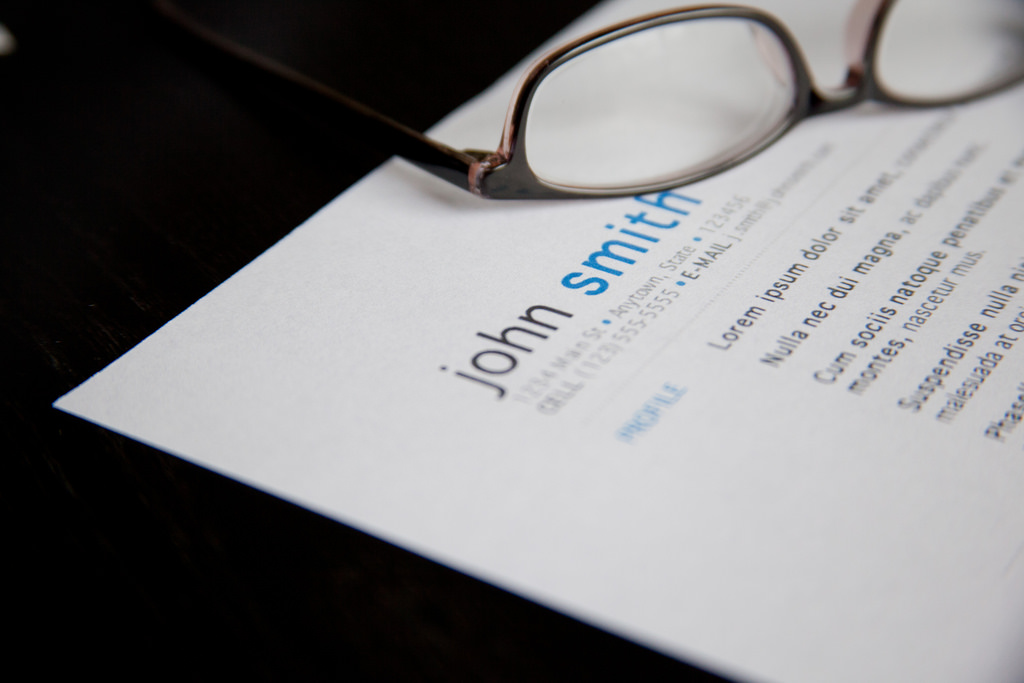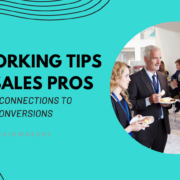How To Get a High-Paying Sales Job With Little Experience
Here is another great Quora question I will post the answer to here on our blog to help anyone reading this with a similar dilemma:
Q: How can I get a high-paying job in sales with little to no experience?
A: The best thing you can do in your position is to create the best possible resume you can muster. No matter how great your LinkedIn profile is you are still required to provide a resume, especially when you want to start with a high salary.
Starting a new career in any sector can be daunting. There is a prevailing hiring process which only glances at resumes for about 10 seconds before the reader decides to trash it or move forward. In the employers’ defense, during the hiring process, they are sorting through a minimum of 50 resumes. The goal is to make your resume pop so once the employer lays eyes on it, they are immediately intrigued.
I know this is probably demoralizing to your hope of making a career change, but don’t worry there’s a way to beat the system. Something you will learn about sales is that there are very precise models that once learned usually leads to success. This same concept applies to resume writing.
Here are some of the most important things to include into your resume to make sure you pass the 10 second test:
Make sure your resume stands out.

Your resume needs to stand out. The first thing that will land your resume in the trash is making silly mistakes. Avoiding grammatical errors seems obvious but you would be surprised how many people forget to proofread their own document. Repeating cliché lines like “I’m a people person” and “My only weakness is that I work too hard” will not impress anyone. Customize your resume for the employer based on what you know the employer is looking for and do everything you can to support your claims with actual provable experience.
It may seem basic, but these are the three key goals to be aware of when writing your resume:
1) to signal an Intention.
2) to convey Information.
3) to make an Impact.
So create one that is unique, memorable, personalized for each employer, and clear about the value and benefits you offer. You can’t sell yourself by being generic or timid.
Organize your profile into clearly defined sections
The main sections of a standard resume are:
- Contact Information
- Profile Summary
- Relevant Certifications, Licenses, or Awards
- Work Experience (typically arranged in reverse chronological order)
- Education
Before you can add some flare, first you need to nail the basics. The foundation is organizing your document clearly and avoiding the common mistakes listed above. This is where you need to get a little bit creative. Depending on your employer, you can include your personal brand.
Your personal brand, which you probably have developed in the career you are currently in, is something that can shoot you to the top of the list. Any evidence of your work ethic, style, philosophy, or catchy description will make you stand out. Your brand should lead your resume, and everything under it should support your claim.
Your career objective is also a strong signaler to resume readers. If you can design your resume to show that this next position will be the achievement of a career goal for you, then you will display vision and commitment.
Make sure your resume is consistent
Structurally and content-wise, your resume should demonstrate a high degree of consistency. That means section headings and line spacings should be rendered the same way throughout the document and that entire resume conforms to a recognizable and visually appealing format.
The work history, achievements, figures, dates, and other information in your resume must be 100% accurate. There are a lot of people who are willing to lie and exaggerate the experience and achievements. They easily give into temptation to blur some lines to make themselves seem like the perfect person for the job. Unfortunately, sometimes this works. Leaving the employer in the awkward position of going through the hiring process only to find out that the person they hired has no idea what’s going on. Experienced employers are keen to this type of manipulation, even the slightest fib or inadvertent errors will destroy your chances of getting selected.
Go beyond a paper resume

Traditionally we would only have to send a paper document to an employer and that would be enough to clearly demonstrate our eligibility for a potential job. For better or worse, times have changed. If you make it past the first round of resume glances, then a potential employer may check your social media presence.
To prepare for this, the best thing you can do is update all of your professional information. Make sure your LinkedIn profile is clean and matches the tone and style of your resume. Create a digital portfolio that is easy to find when doing a simple search for your name. Any professional videos you have of yourself should be part of your digital portfolio of LinkedIn page if possible.
Employers want to see that you have adapted well to the digital age, don’t disappoint them.
Conclusion
The tips provided may seem like common sense but you would be surprised how many resumes go out replete with errors. Creating a resume is like creating a product you are selling to a client. If you want to develop yourself in a sales career, you must first learn how to sell yourself! Good luck Terry!










